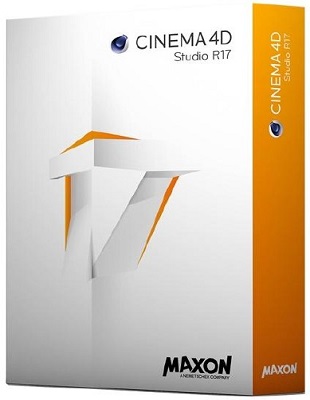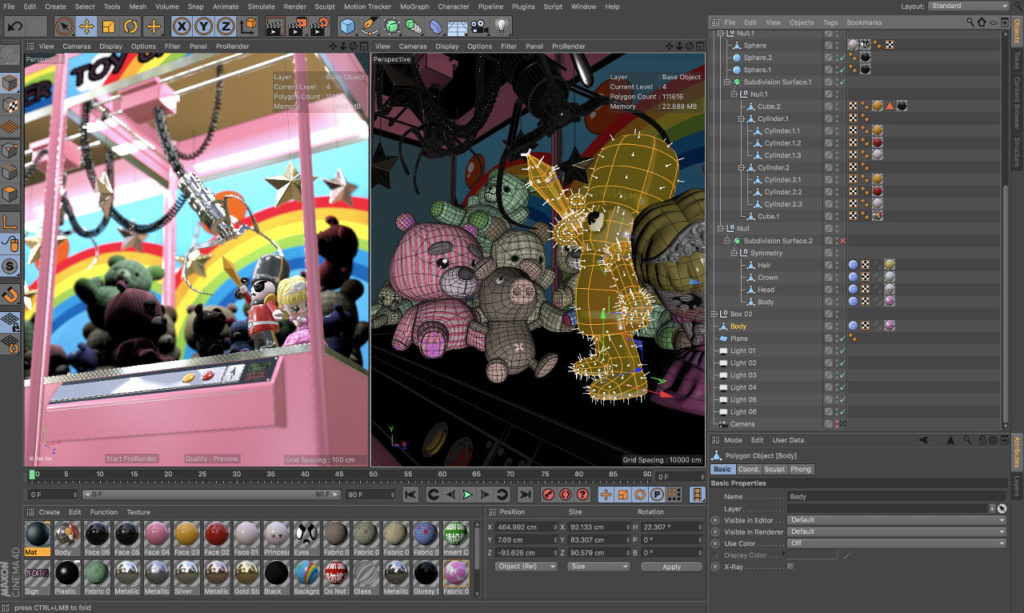
If you hold your mouse over an icon for an extended period of time balloon help will pop up giving you a bit more information about that icon. By moving your mouse over an icon you'll highlight it. While the palette along the left side of the interface allows a toggle various modes used for editing objects. The palette along the top of the interface contains icons relating to moving, scaling, or rotating an object, rendering, or adding new objects to your scene. pallets are like containers for icons and icons allow you to enable tools, add objects, or perform commands.

These include pallets, managers, menus, and the view panel. The interface can be broken down into a few key areas. This layout provides you with just about everything you need to get started with a new project. Now when you first open Cinema 4D you're presented with this startup layout. You can also select alternate menus from this location. From this drop down you can select the preset layouts or custom layouts you've previously saved. These can be found in the layout drop down in the top right corner of the interface.

Each addition of Cinema also comes with several different layouts that you can choose from. While everything in this video will apply to Prime, Broadcast, Visualize, and Studio you may notice that some of the menus are different. This video is made using cinema 4D release15 Studio Edition.


 0 kommentar(er)
0 kommentar(er)
